Art patron and TBA21 gallery founder Francesca von Habsburg opens the doors to her Vienna residence
The April 2007 issue of Wallpaper* (W*98) saw us visit the Vienna residence of Austrian art patron and aristocrat Francesca von Habsburg. She regularly swaps pieces between her home and the gallery space she founded in 2002, TBA21, which hosts over 250 works by artists including Freud, Pollock and Mapplethorpe
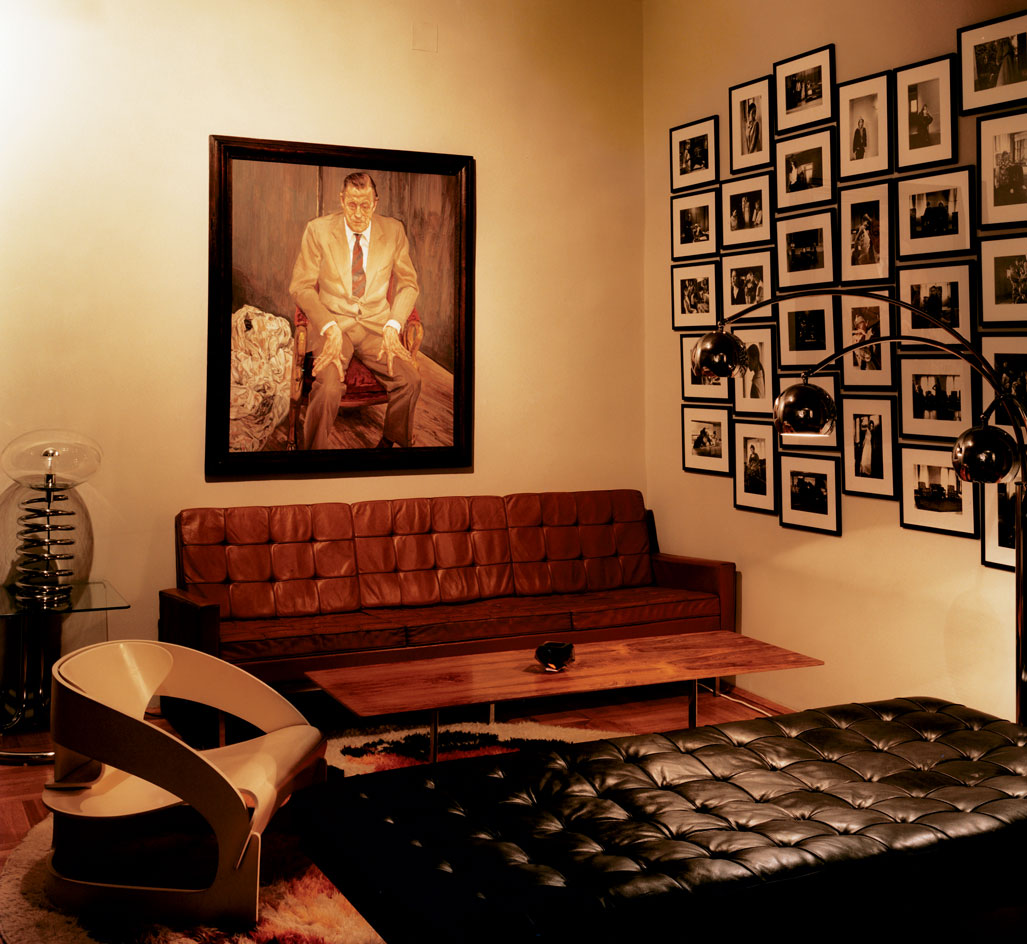
As anyone who likes art and design in equal measure knows, it’s very difficult to fuse the two successfully in your home. Too often you end up with a white-walled gallery-like space filled with great art, but a predictable check-list of design classics and none of the emotional paraphernalia that real life brings – or you get the furniture and fittings right, yet the art looks wrong. However, Francesca von Habsburg, a member of the aristocratic von Habsburg dynasty that ruled Austria and much of Europe for 600-odd years, has spent her life surrounded by both and takes living with them to another level.
The daughter of German steel magnate Baron Hans Heinrich Thyssen-Bornemisza, founder of the Thyssen-Bornemisza Museum in Madrid, von Habsburg grew up with Canalettos and Cézannes, Rembrandts and Renoirs on her walls, so for her, taking up where her father left off and moving into the realm of 21st-century art was a natural progression.
In 2002, she rented a four-storey palace in Vienna’s UNESCO-protected first district, set up home there and opened TBA21, the Thyssen-Bornemisza Art Contemporary foundation, in the same building. Until her arrival in the former imperial capital, the von Habsburg clan had been barred from the city since it lost its grip in 1918, and the fact that such a vivacious, wild party girl had married into the family became regular tabloid fodder.
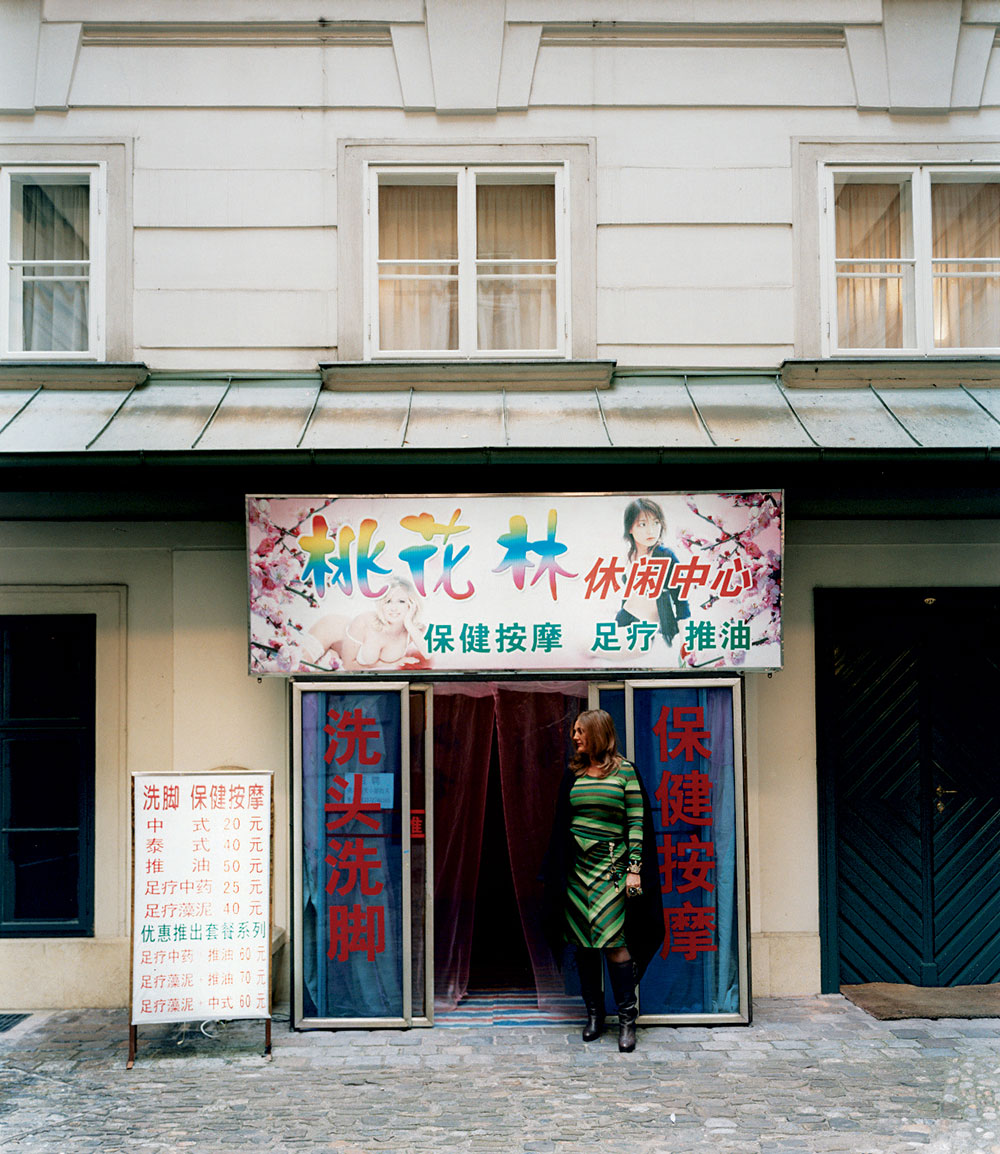
At the TBA21 gallery, the exhibition, ‘This is Not for You’, included this installation by Chen Quilin, Migraiton – Peach Flower Orchard. It features a massage parlour from Sichuan province, China, salvaged from an area flooded by the Three Gorges Dam project.
But that’s all behind her these days, and now she attracts attention mainly with her avant-garde activities. Last summer, she organised ‘Küba’, an exhibition by Turkish artist Kutlug Ataman, in which he interviewed residents of the Istanbul slum Küba. It took place on a barge that sailed down the Danube from Romania to Vienna. And, at the last two Venice Biennales, on Habsburg has colonised the island of San Lazzaro degli Armeni with a beautiful slatted wood art pavilion designed by Danish-Icelandic artist Olafur Eliasson and British architect David Adjaye. This is the first of a series of art pavilions that she would like to open. They are still at the concert stage, but could include an eco pavilion in Rio de Janeiro, to be designed by Foreign Office Architects; another on the Croatian island of Lopud by Adjaye; a third on London’s South Bank, by Adjaye and artist Matthew Mitchie; and one in Iceland by Eliasson.
‘Art and architecture work really well together. It’s a natural partnership, and learning to live with art is important,’ says von Habsburg, who had a head start in that department. Her father owned the world’s second largest private art collection after Queen Elizabeth II, and Francesca spent much of her time in her father’s house, Villa Favorita in Lugano. She remembers, as a teenager, visiting the Hermitage in St Petersburg with him. ‘It was 1982, the height of the Cold War, and we were in the basement with torches, looking at Matisses and Van Goghs, all these fabulous paintings that no one had seen for years. My father persuaded the Russians to exhibit them in Europe in exchange for lending them his collection in what was the country’s first European show since the Revolution. Thyssen is a name engraved in marble in Russia.’
Gestures like this typified the baron’s attitude towards his art, and von Habsburg shares her father’s desire for her collection to be seen, rather than hidden away in storage. ‘It’s not just about having a collection, but about what you do with it,’ she says. To this end, she regularly switches pieces between her apartment and gallery where she puts on about five shows a year. Her staff of eight and a full-time curator manage her collection of around 250 pieces, and these days she prefers bankrolling four or five projects a year with her favourite artists – Eliasson, Ritchie and Canadian Janet Cardiff among them – to buying from auctions.
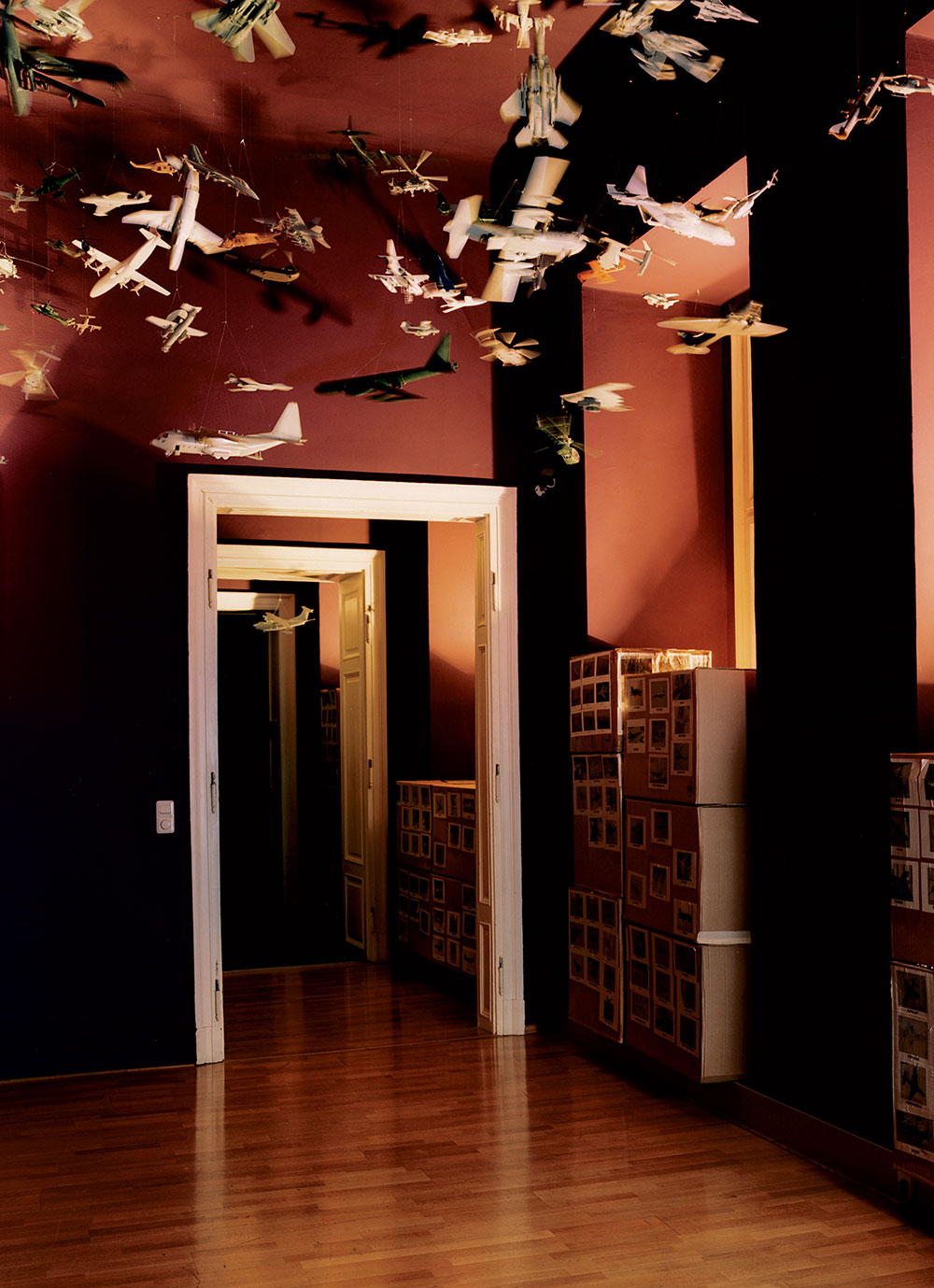
At the gallery, Parade, 2004, an installation of 201 Airfix planes by Fiona Banner.
Many of these one-off collaborations have been absorbed into, or made specifically for, her apartment. Ritchie’s drawings and motifs appear randomly all over the walls, while the kitchen is a psychedelic swirl of red and orange floor tiles and 40 ceiling lights by Cuban-American artist Jorge Pardo. Two of von Habsburg’s three children sleep in bright, futuristic ‘pods’ designed by Swiss artists Sabina Lang and Daniel Baumann; the luxurious bathroom is an organic mass of sparkly Bisazza tiles; and in the hallway next to her bedroom is a film projector rattling out a 1974 performance piece by Dennis Hopper, in which he surrounds himself with dynamite and lights it. In the attic, a giant, gloopy sculpture made of nylon stockings by Brazilian artist Ernesto Neto hangs eerily among giant wooden beams. It’s fantastically atmospheric. ‘In summer, we go and hang out up there with a bottle of wine,’ says von Habsburg.
Yet despite the kooky stuff and the Freuds, Pollocks and Mapplethorpes in the walls, the apartment manages to feel like an unfussy, lived-in place, buzzing with a sinuous stream of guests, staff and children. ‘I hate the elitist element of art. People want to experience it rather than be taught about it, that’s what I’m aiming for.’
As originally featured in the April 2007 issue of Wallpaper* (W*98)
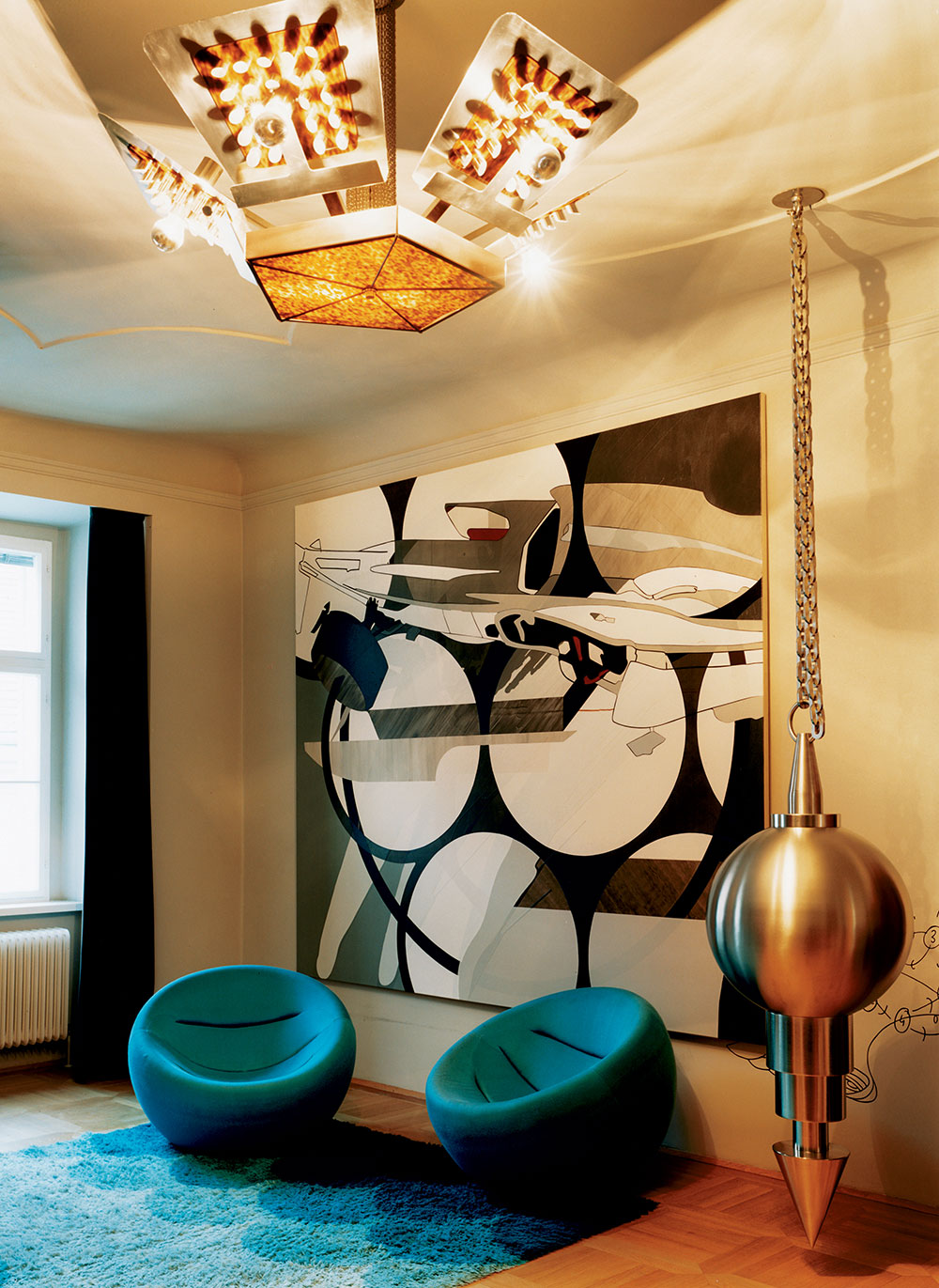
The living room at von Habsburg’s apartment features Crashedcaradjust, 2001, by Stefan Hirsig, on the wall; Untitled (Pen del 3), 2002, by Sylvie Fleury, hangs from the ceiling; the chairs are 1970s and the lampshade is from a Viennese junk shop.
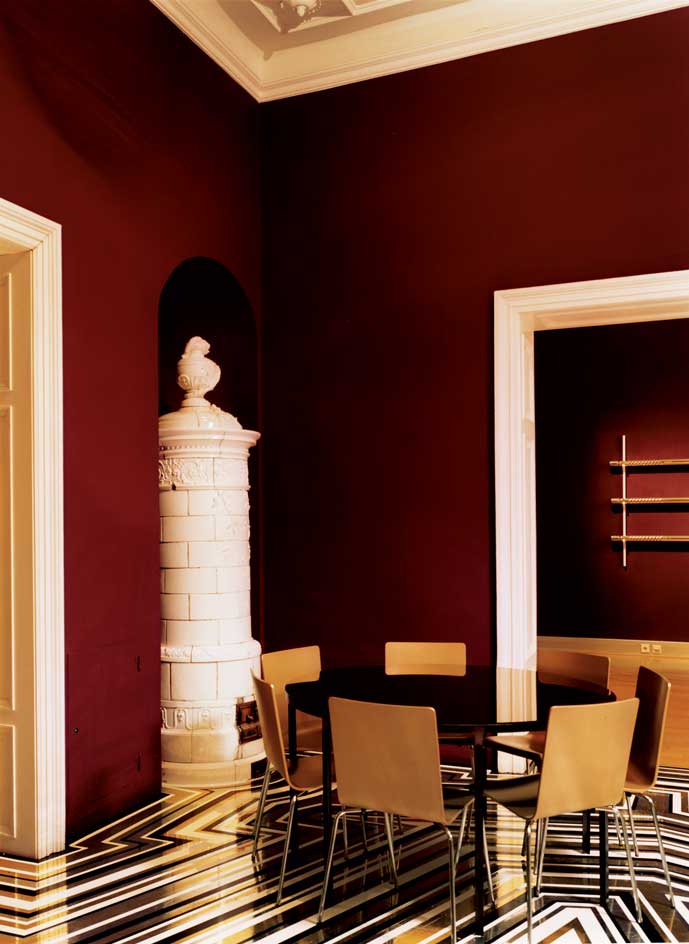
At the gallery, from the current exhibition, Untitled, 2000, by Heimo Zobernig, consisting of a table and seven chairs. It’s one of the pieces von Habsburg likes to move between her apartment and the gallery.
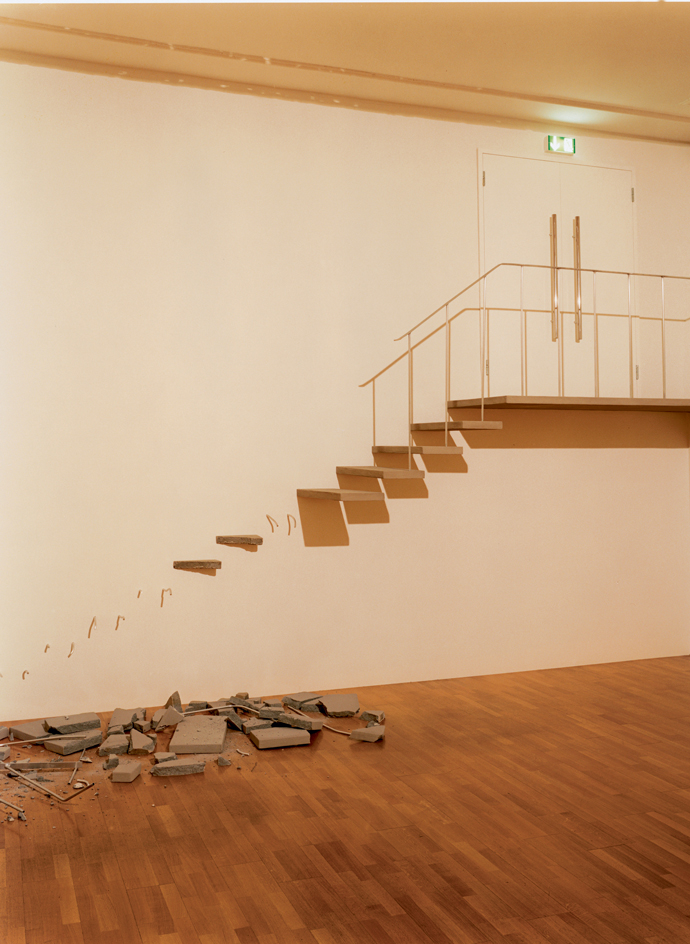
Also at the gallery, Social Mobility Fig 2, 2005, by Danish artists Michael Elmgreen and Ingar Dragset, in aluminium, wood, polystyrene, iron and concrete, from the current exhibition.
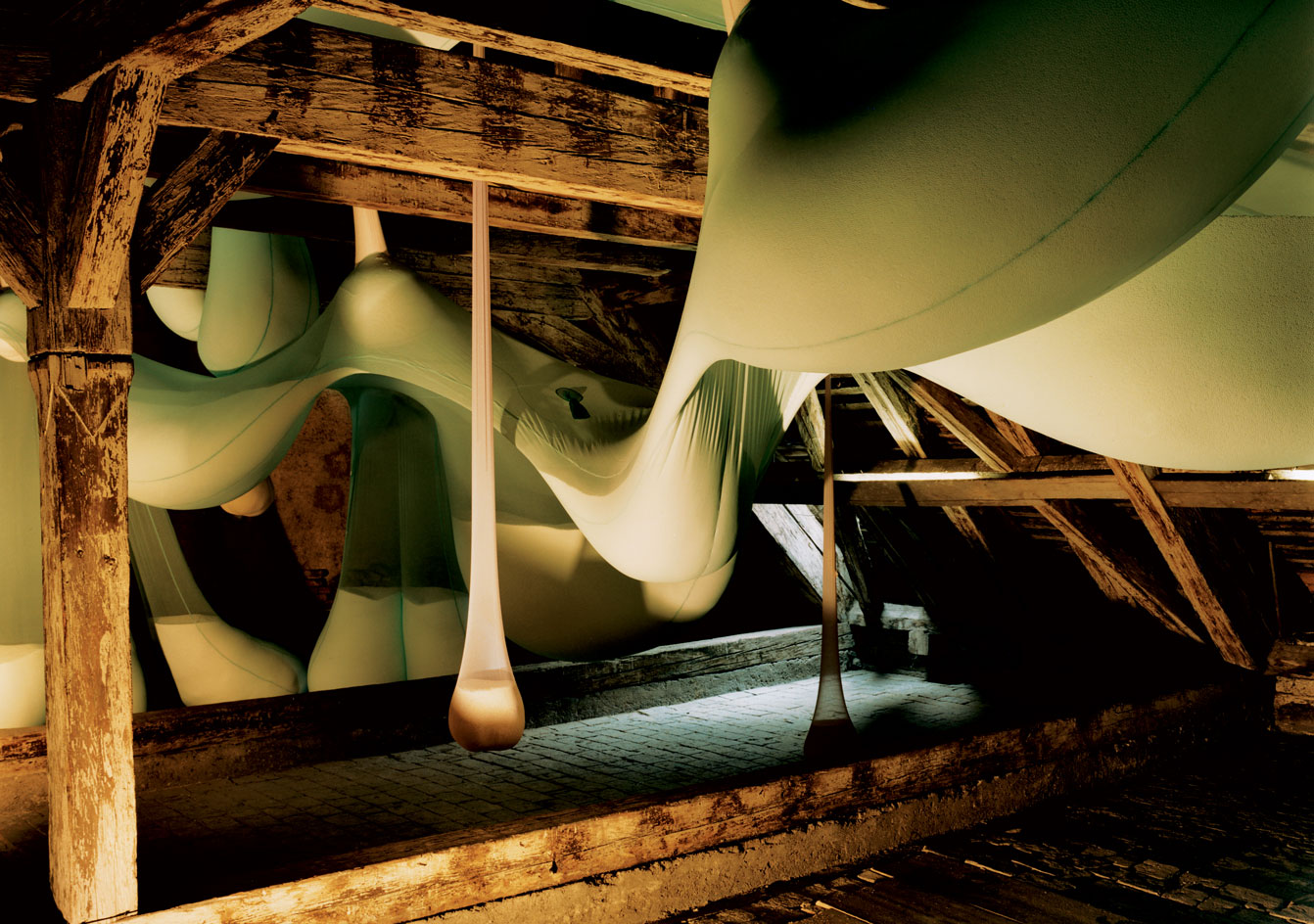
Ernesto Neto’s giant 2003 sculpture, made of textile, Styrofoam and rice, hangs in the attic above the gallery and von Habsburg’s apartment. It goes by the name of A gente se encontra aqui hoje, amanhã em outro lugar. Enquanto isso deus é deusa. Santa gravidade.
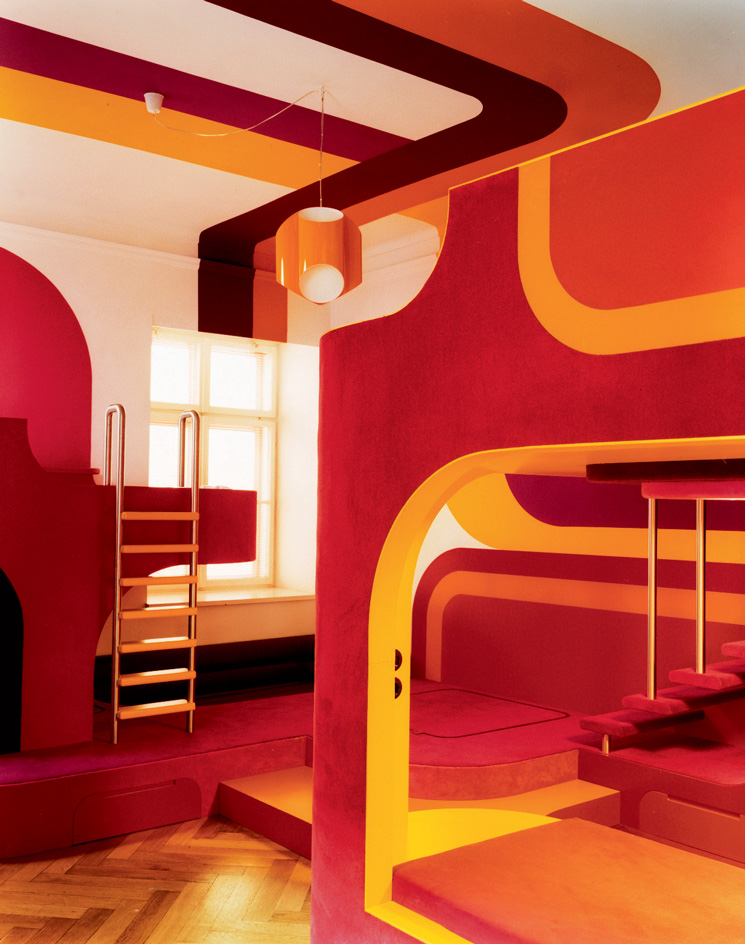
One of the children’s bedrooms in von Habsburg’s apartment. A bespoke design by Sabina Lang and Daniel Baumann, it’s also a work of art, Childish Behaviour #4, 2004-2006
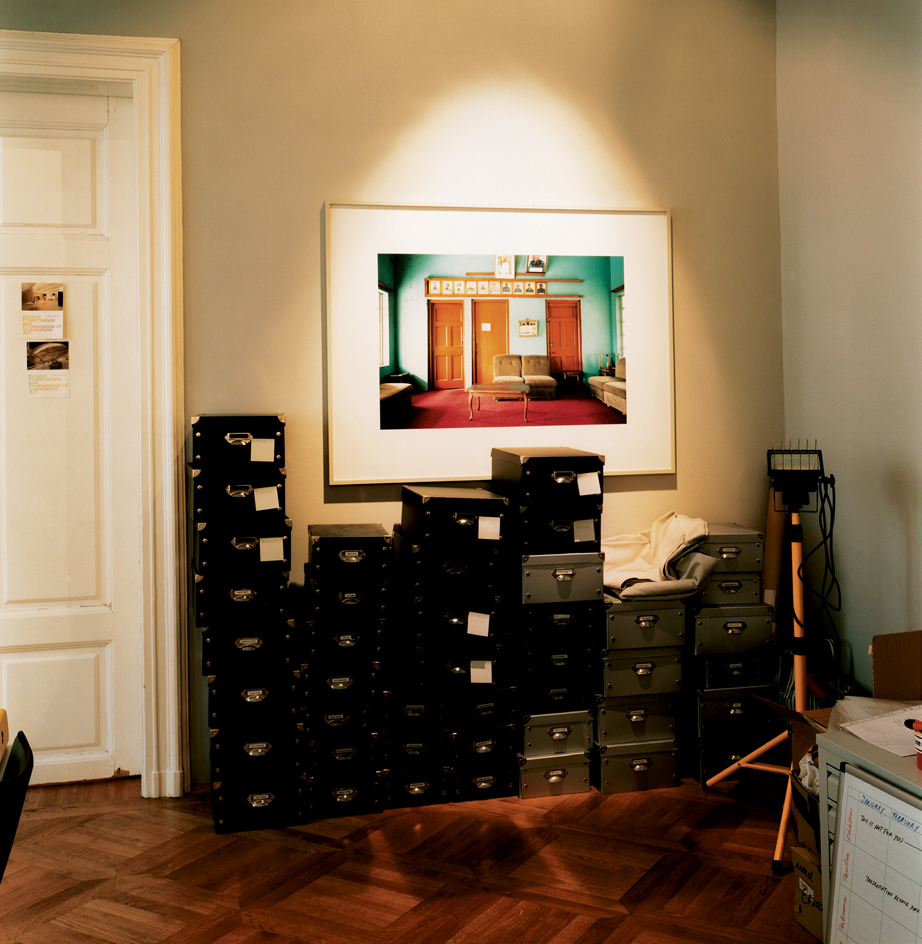
A storage room in von Habsburg’s two-storey office
INFORMATION
For more information, visit the T-B A21 website
ADDRESS
Köstlergasse 1
1060 Wien
Austria
Wallpaper* Newsletter
Receive our daily digest of inspiration, escapism and design stories from around the world direct to your inbox.
Emma O'Kelly is a freelance journalist and author based in London. Her books include Sauna: The Power of Deep Heat and she is currently working on a UK guide to wild saunas, due to be published in 2025.
-
 A Xingfa cement factory’s reimagining breathes new life into an abandoned industrial site
A Xingfa cement factory’s reimagining breathes new life into an abandoned industrial siteWe tour the Xingfa cement factory in China, where a redesign by landscape specialist SWA Group completely transforms an old industrial site into a lush park
By Daven Wu
-
 Put these emerging artists on your radar
Put these emerging artists on your radarThis crop of six new talents is poised to shake up the art world. Get to know them now
By Tianna Williams
-
 Dining at Pyrá feels like a Mediterranean kiss on both cheeks
Dining at Pyrá feels like a Mediterranean kiss on both cheeksDesigned by House of Dré, this Lonsdale Road addition dishes up an enticing fusion of Greek and Spanish cooking
By Sofia de la Cruz
-
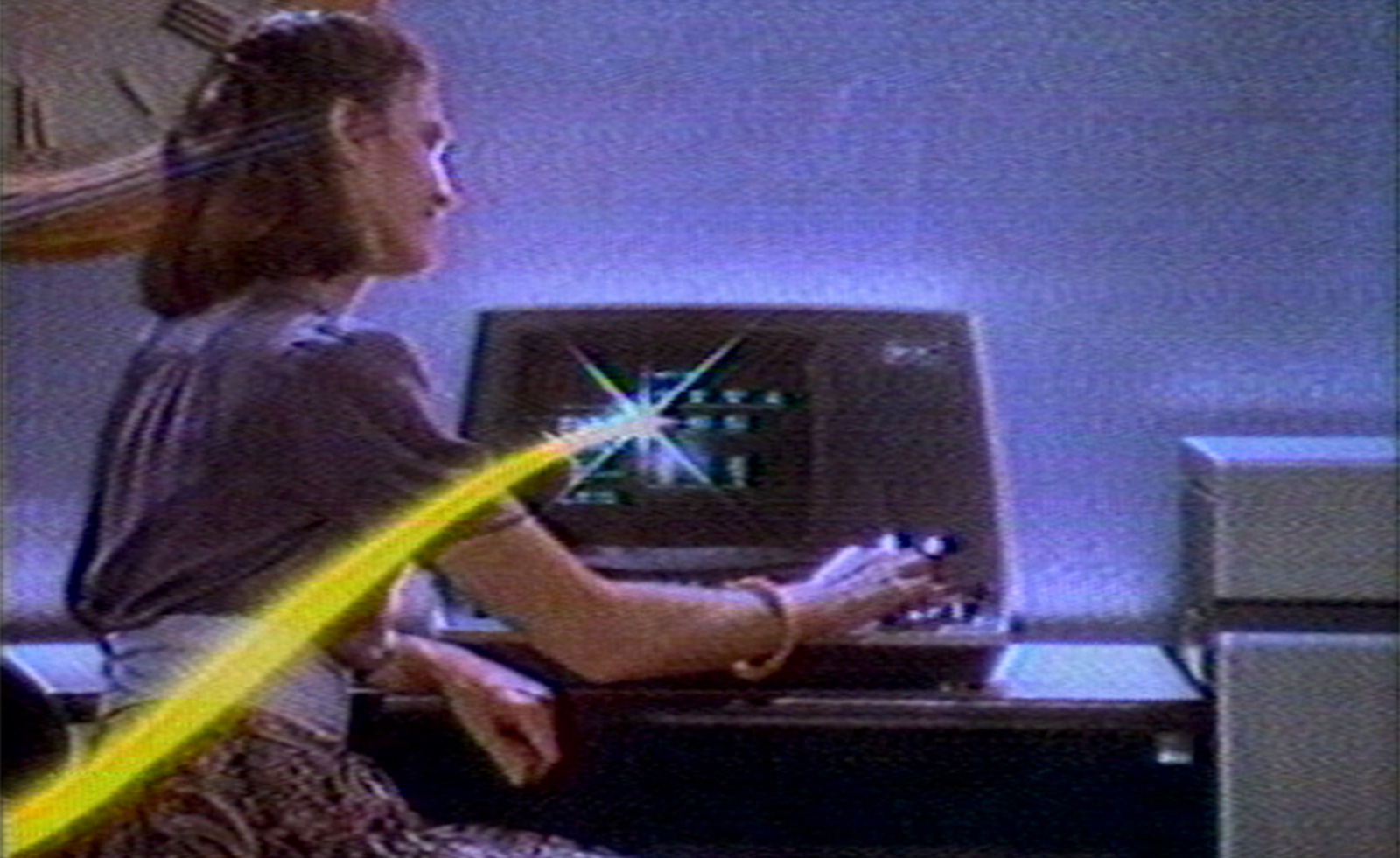 The women making digital art before the internet
The women making digital art before the internet'Radical Software: Women, Art & Computing 1960–1991' at Kunsthalle Vienna & recently at MUDAM Luxembourg, doesn’t pretend to portray the totality of tech in art, instead taking the specific 31-year period of the title to shed light upon 48 women artists who engaged critically with computation
By Will Jennings
-
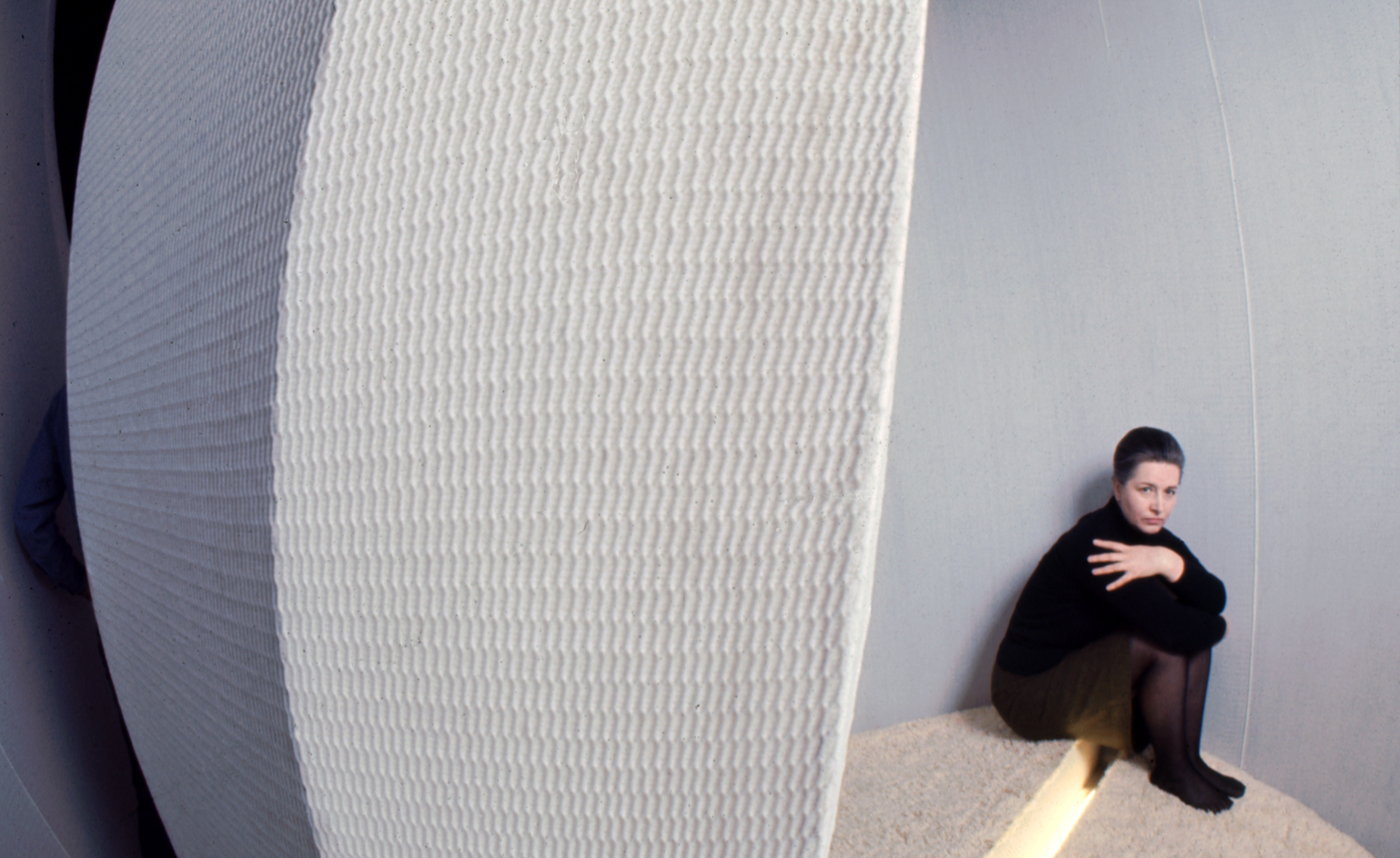 Architecture, sculpture and materials: female Lithuanian artists are celebrated in Nîmes
Architecture, sculpture and materials: female Lithuanian artists are celebrated in NîmesThe Carré d'Art in Nîmes, France, spotlights the work of Aleksandra Kasuba and Marija Olšauskaitė, as part of a nationwide celebration of Lithuanian culture
By Will Jennings
-
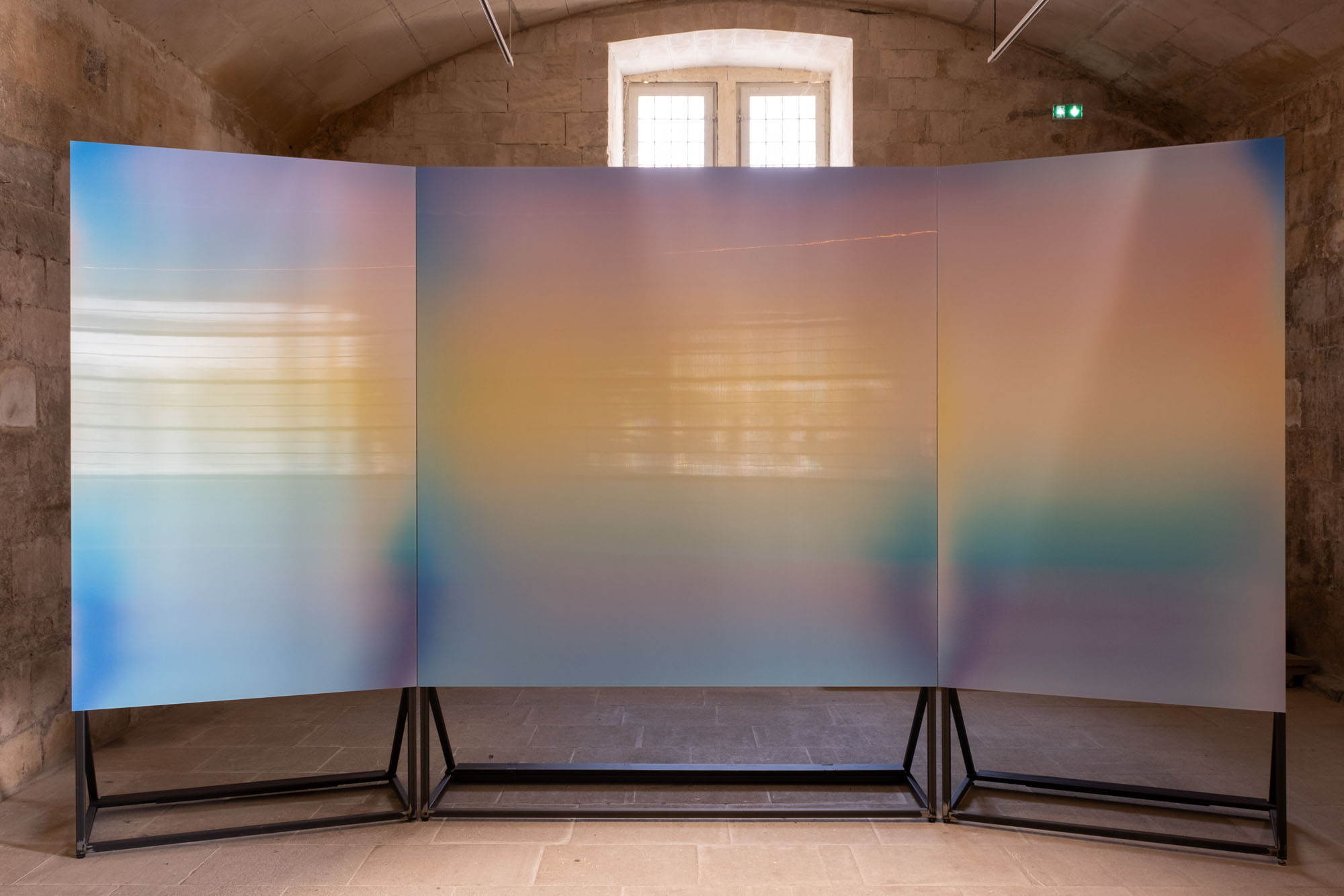 ‘Who has not dreamed of seeing what the eye cannot grasp?’: Rencontres d’Arles comes to the south of France
‘Who has not dreamed of seeing what the eye cannot grasp?’: Rencontres d’Arles comes to the south of FranceLes Rencontres d’Arles 2024 presents over 40 exhibitions and nearly 200 artists, and includes the latest iteration of the BMW Art Makers programme
By Sophie Gladstone
-
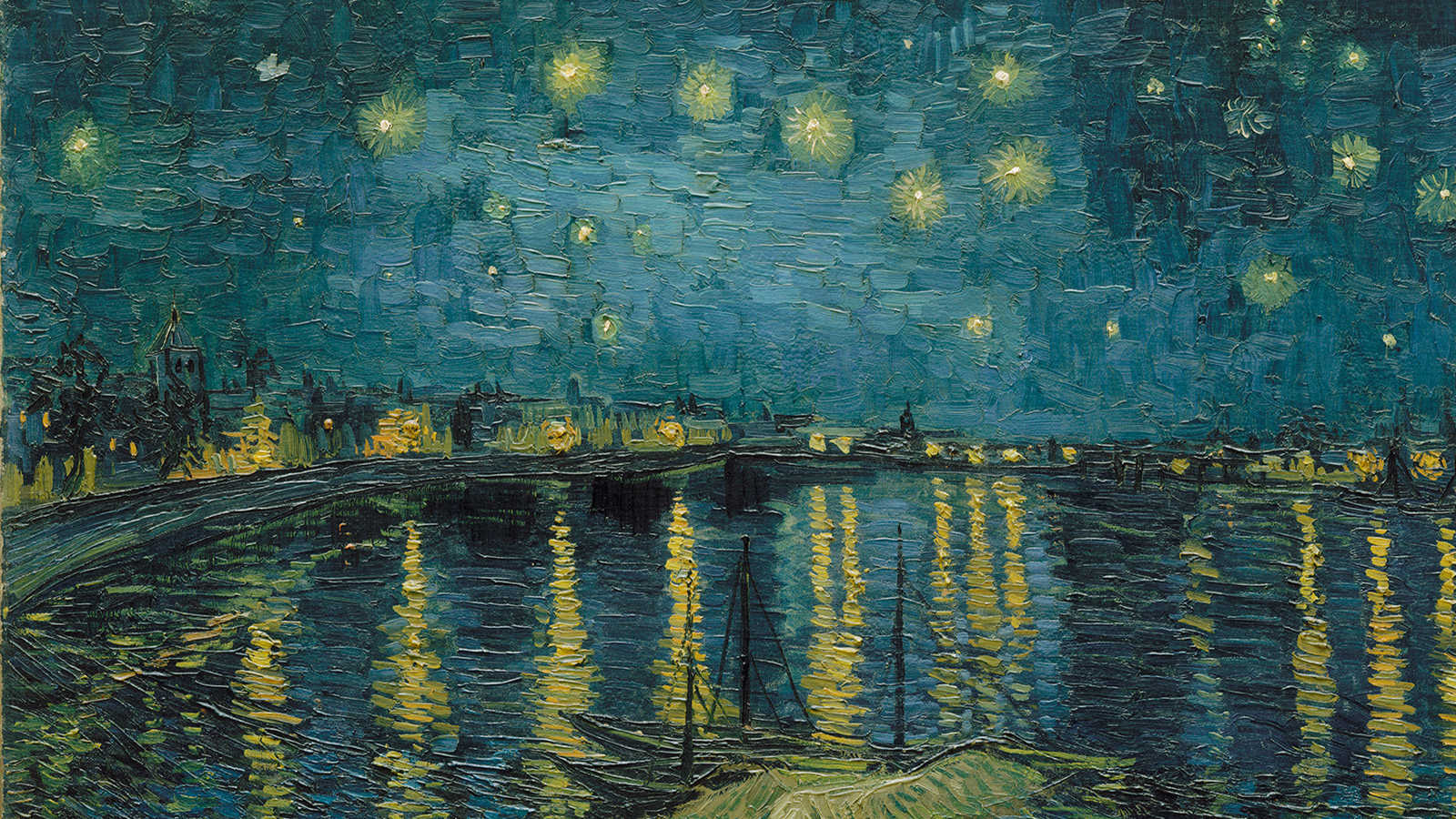 Van Gogh Foundation celebrates ten years with a shape-shifting drone display and The Starry Night
Van Gogh Foundation celebrates ten years with a shape-shifting drone display and The Starry NightThe Van Gogh Foundation presents ‘Van Gogh and the Stars’, anchored by La Nuit Etoilée, which explores representations of the night sky, and the 19th-century fascination with the cosmos
By Amy Serafin
-
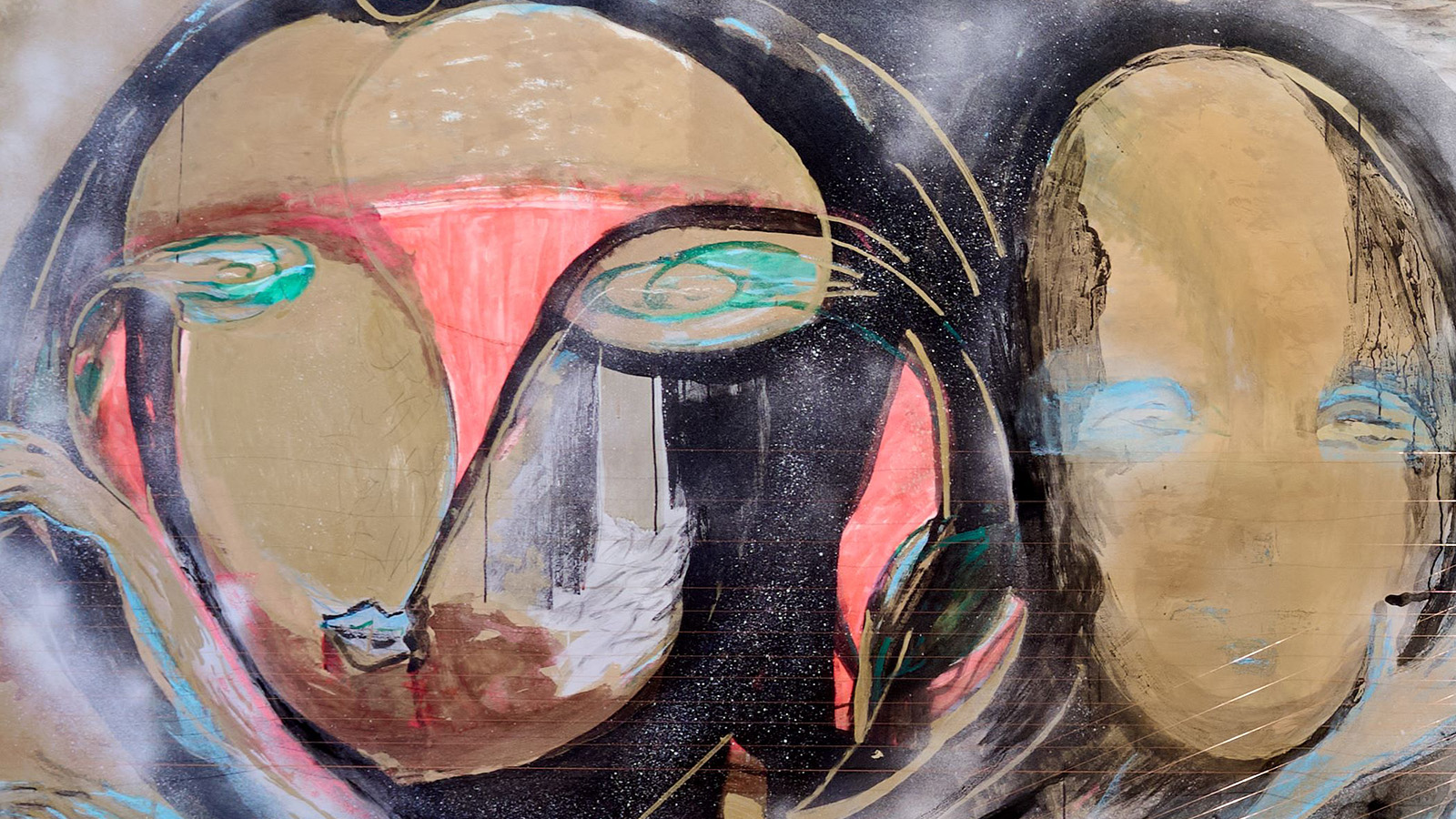 Marisa Merz’s unseen works at LaM, Lille, have a uniquely feminine spirit
Marisa Merz’s unseen works at LaM, Lille, have a uniquely feminine spiritMarisa Merz’s retrospective at LaM, Lille, is a rare showcase of her work, pursuing life’s most fragile, transient details
By Finn Blythe
-
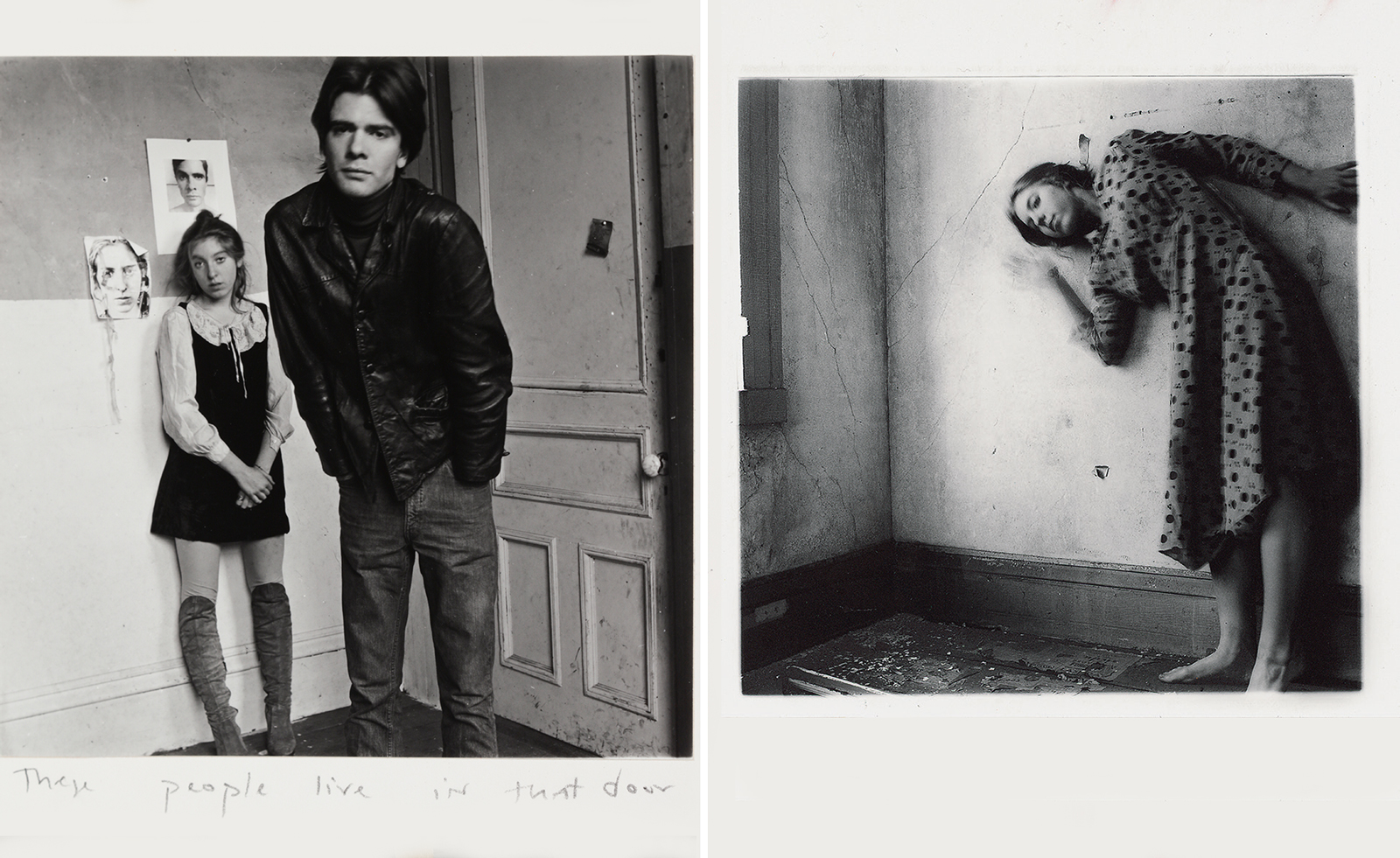 Step into Francesca Woodman and Julia Margaret Cameron's dreamy photographs in London
Step into Francesca Woodman and Julia Margaret Cameron's dreamy photographs in London'Portraits to Dream In' is currently on show at London's National Portrait Gallery
By Katie Tobin
-
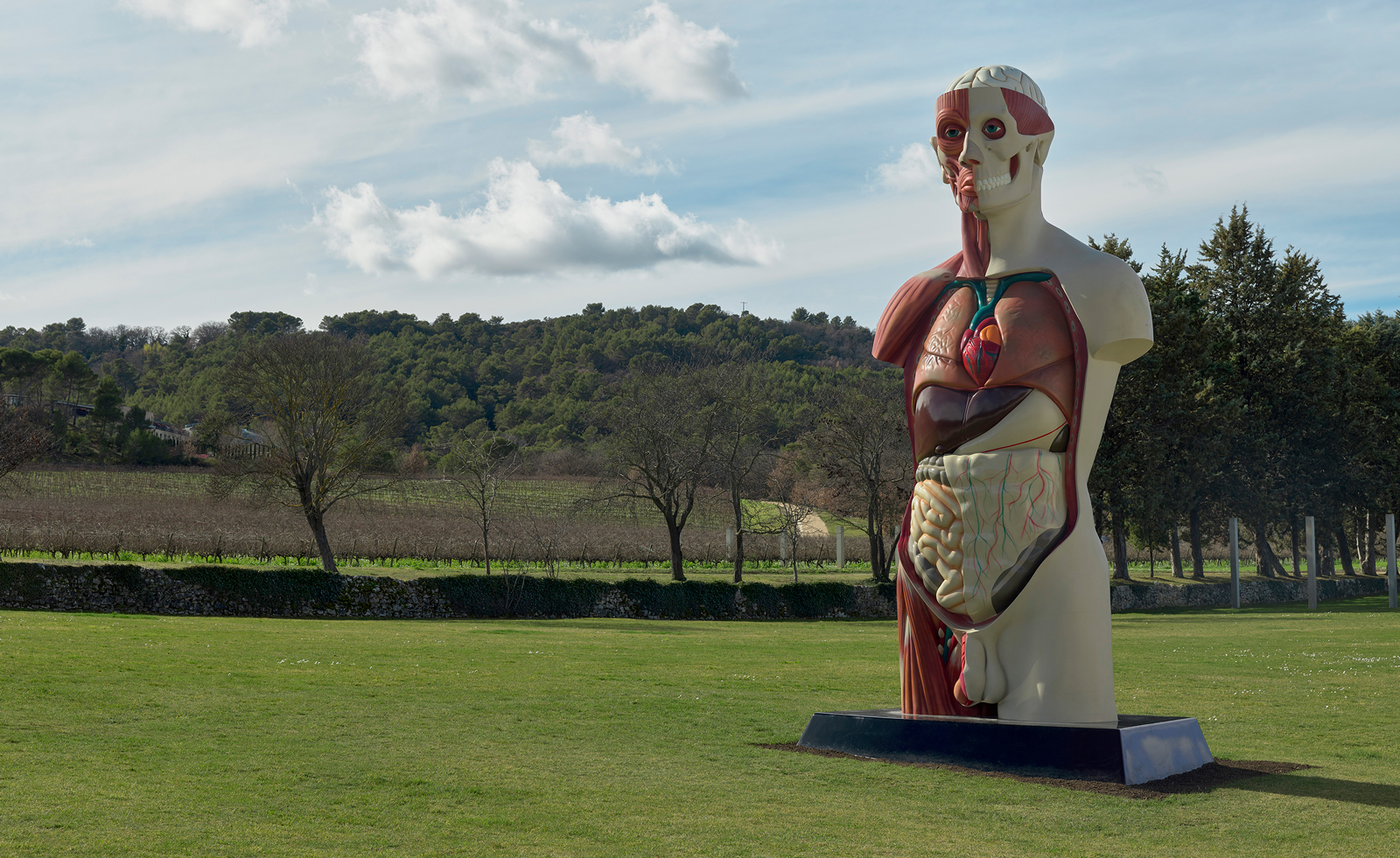 Damien Hirst takes over Château La Coste
Damien Hirst takes over Château La CosteDamien Hirst’s ‘The Light That Shines’ at Château La Coste includes new and existing work, and takes over the entire 500-acre estate in Provence
By Hannah Silver
-
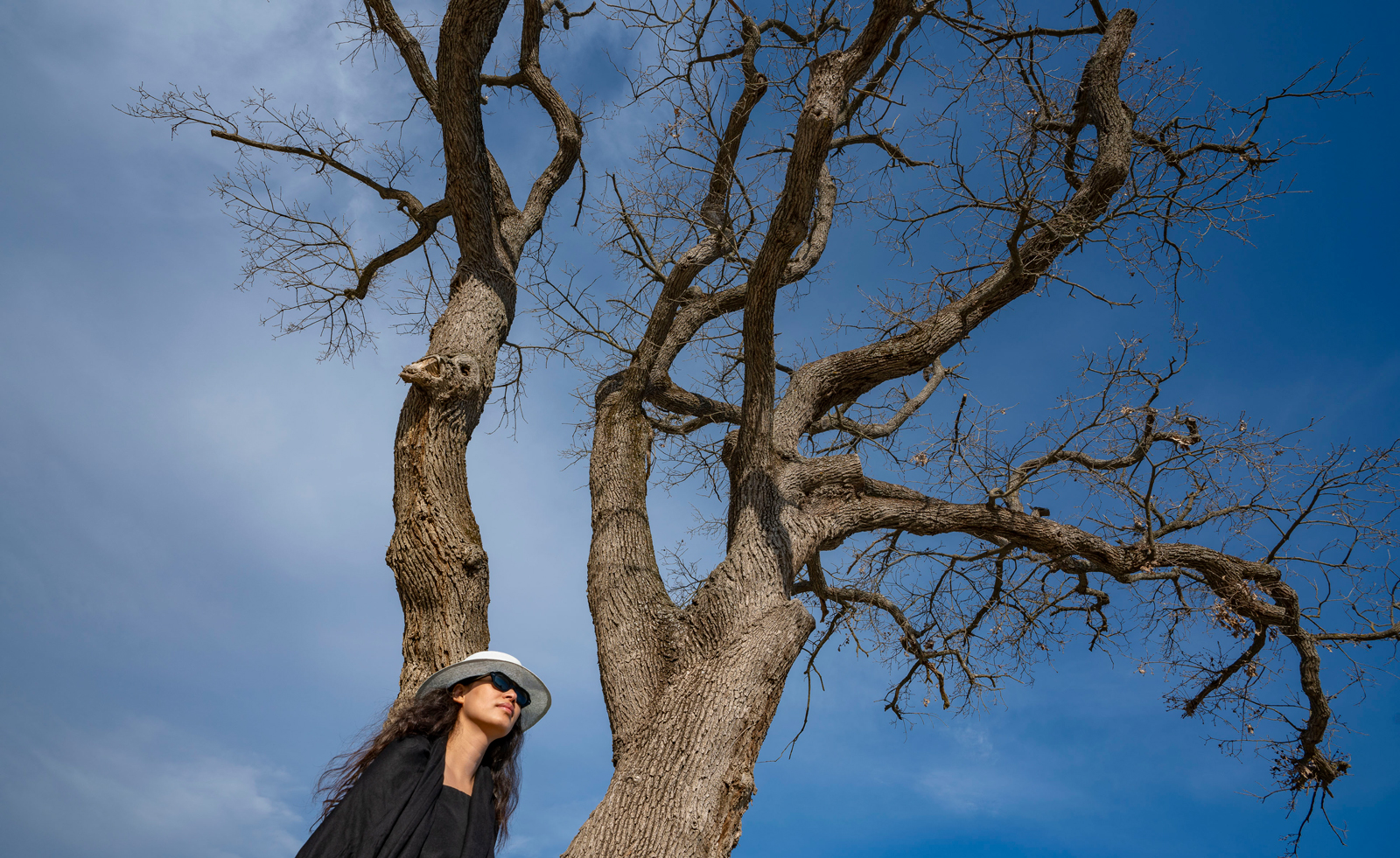 Tia-Thuy Nguyen encases Chateau La Coste oak tree in tonne of stainless steel strips
Tia-Thuy Nguyen encases Chateau La Coste oak tree in tonne of stainless steel stripsTia-Thuy Nguyen’s ‘Flower of Life’ lives in the grounds of sculpture park and organic winery Château La Coste in France
By Harriet Quick